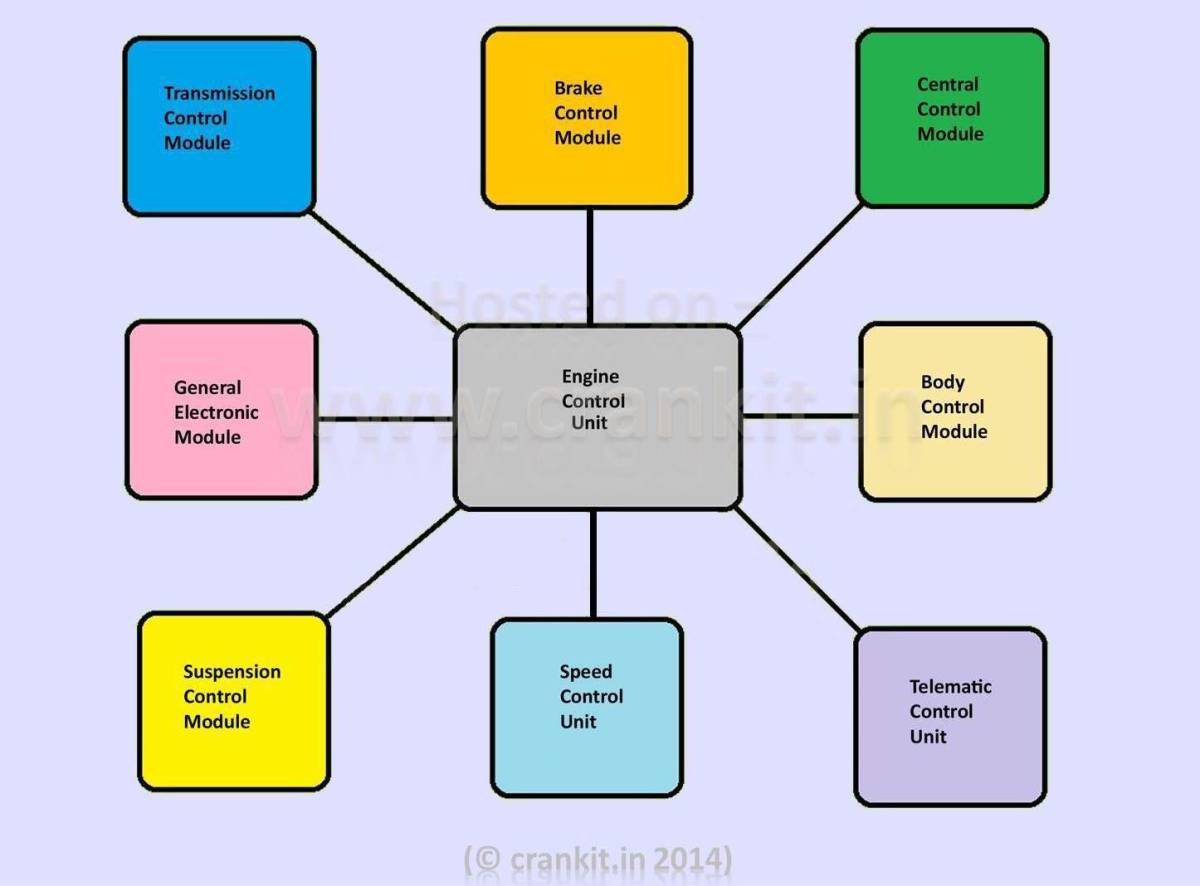
For example, Arsenic emitted from coal and oil furnace and also from glass manufacturing units are directly delivered to air which is highly toxic. Some highly toxic chemicals are emitted directly from different source^. Jet aeroplanes release aerosol which contain CFC and can cause ozone layer depletion in stratosphere. Air borne microorganisms released during sneezing of diseased persons can spread air borne diseases. Smoke and fog reduce air visibility, photosynthetic efficiency of plants and cause respiratory distress and allergy in human beings.įine dust particles released from cotton mills, floor mill or asbestos factory can cause serious respiratory problems and even may lead to cancer. Particulate matter below 5 μm size is usually deposited in respiratory tract. Particulate matter in the size range of 0.01 μm to 50 μm or less in size), aerosols (less than 1 μm) flash and dust 0.25 to 500 μm), grit (more than 500 μm).ĭust and flash cover the leaf surface reducing photosynthetic ability of leaves. They may be settled down where particle size is more than 10 μm or remain suspended in air when particle size is below 10 μm. These are solid particles and liquid droplets suspended in air. Ozone (O 3) is another air pollutant which is a major component of photochemical smog which is formed from NOx, VOCs and oxygen in the presence of sunlight and heat. This mixture of gases is generally called as oxides of nitrogen (NO x). When this gas passes out of the engine, it cools down and combines with more oxygen to form NO 2 and N 2O 4. Nitrogen monoxide (NO) is produced during combustion in the engine cylinder. Nitrogen oxides are formed when fuel is burnt at very high temperature such as in industrial plants and transportation vehicles. S0 2 is produced due to burning of coal and oil and from industrial processes. CO alone contributes to 47% air pollution. Hydrogen sulphide (H 2S) is produced from refineries, sewage treatment and pulp mills. Carbon dioxide (CO 2) is produced due to complete combustion of carbon content. Carbon monoxide (CO) is produced due to incomplete combustion of the carbon content of fossil fuels. Gases produced during fuel combustion are CO, CO 2, SO 2, various oxides of nitrogen (NO, NO 2, N 2O 4) and assorted hydrocarbons. They are burnt to produce heat energy along with gaseous and solid waste products. Gases:Ī large amount of air pollution results from burning of coal and oils in furnaces and steel plants. Man Made Sources are, burning of fossil fuels (coal, natural gases, kerocine, petroleum products, etc.), burning of firewood for domestic purpose, automobile exhausts, smokes of domestic and industrial sources, particulate matters and aerosol etc.Ī brief description of atmospheric pollutants released through manmade sources is given below: 1. of airborne micro-organisms, pollens of certain flowers, dust particles suspended in air. Natural sources of air pollution are volcanic eruption, discharge of spores, conidia, endospores etc. They may come from natural sources or from human activities.

So far, six pollutants, that account for most of the air pollution worldwide are carbon monoxide (CO), sulphur dioxide (SO 2), nitrogen oxides (NO x), Ozone (O 3), particulate matters (PM 10) and lead. (vi) Miscellaneous sources including radioactive fallout (10%). (ii) Fuel combustion in stationary sources (21%)


 0 kommentar(er)
0 kommentar(er)
